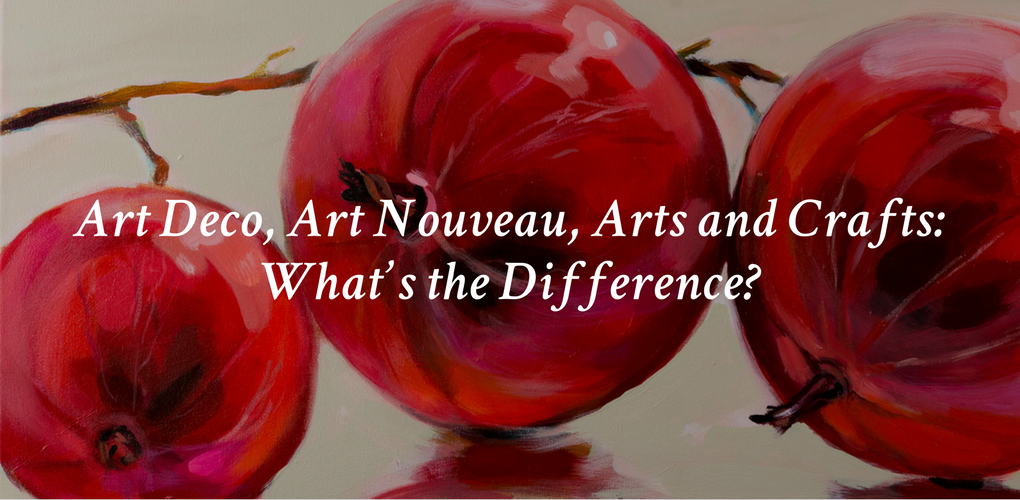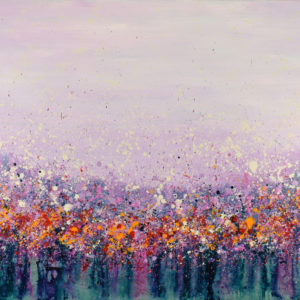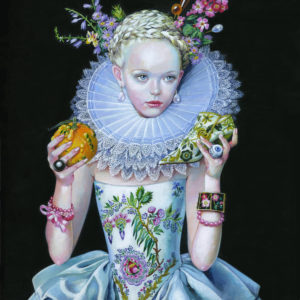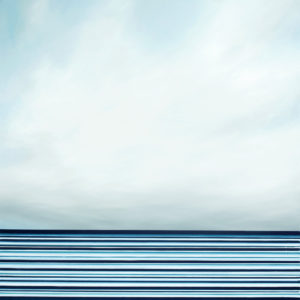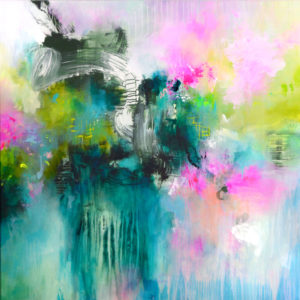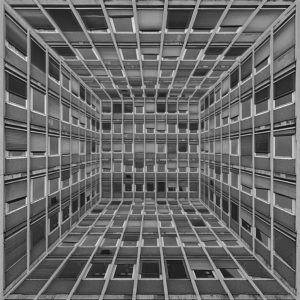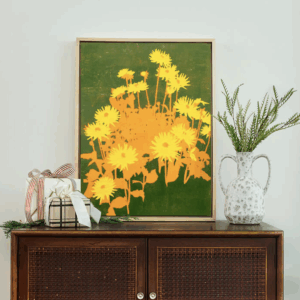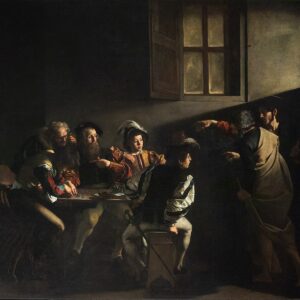Design Inspiration
Art Deco, Art Nouveau, Arts and Crafts: What’s the Difference?
They all start with “art,” but each of these three styles has its own distinct look. Here, you’ll learn how to decipher the differences between art deco, art nouveau and the Arts and Crafts style once and for all. We will start with the newest to appear, art deco, and work our way back through history, tracing the roots of each style.

(Image: Photo by Mark English Architects, AIA, Courtesy of Houzz)
Art Deco
Becoming popular in the 1920s, art deco style celebrated the changes happening in the modern world — the excitement of jazz music, electricity, the radio, skyscrapers and cubist art.

(Image: Photo by French Interior Design Studio, Courtesy of Houzz)
Zigzags and sharp angles dominated the style in the 1920s. Mirrors and black lacquered finishes were popular too, as well as glass and highly polished metals. Think The Great Gatsby.
Shop Ornate Wall Mirrors in Every Shape and Style
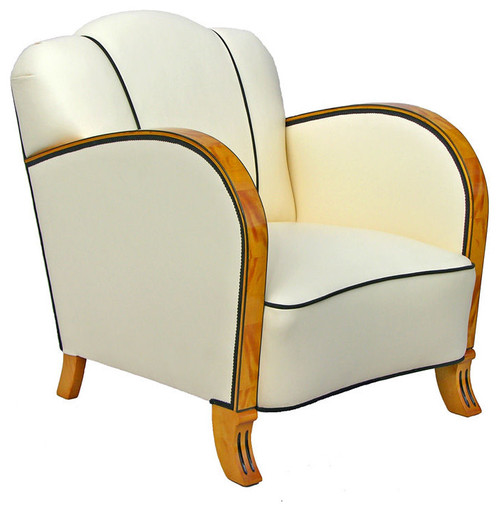
(Image: Courtesy of Houzz)
By the 1930s art deco style began taking on a softer look, with curved lines (as in the chair shown above) taking the place of sharp angles. Stepped forms reminiscent of architecture — notably the Chrysler Building, built in New York in 1930 — became popular.

(Image: Photo by Matthew Arnold Photography, Design by Caroline Beaupere Design, Courtesy of Houzz)
Art Nouveau
Working our way backward in time to the late 19th century, art nouveau was the style of the day, although it wasn’t called that at the time. Art nouveau is immediately distinguishable from art deco, thanks to the “whiplash” curves and ornate, nature-inspired designs featuring insect wings, flowers, feathers and vines.
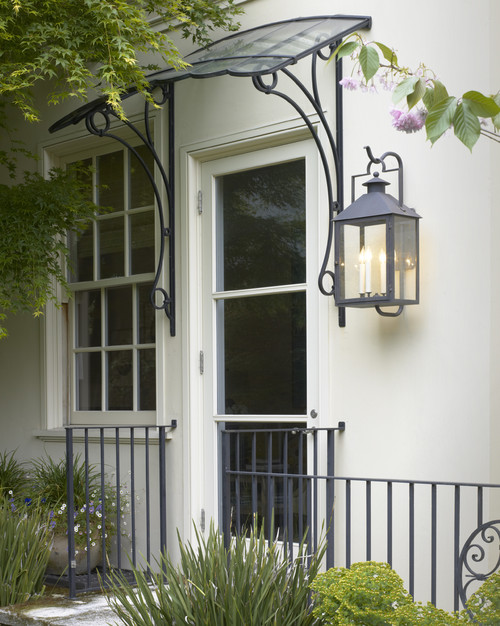
(Image: Photo by John Sutton, Design by Gast Architects, Courtesy of Houzz)
Art nouveau was heavily influenced by the fine arts and included stained glass, painting, bas relief and finely crafted wood and metal, both in architecture and interior design.
I like to think of art nouveau as Lord of the Rings style (even though the books came much later), because the fine craftsmanship and natural forms remind me of what the elves in Rivendell would make.
Beautifully Detailed Vases for Fresh Cut Flowers

(Image: Photo by Alan Karchmer, Design by Gardner Architects LLC, Courtesy of Houzz)
Arts and Crafts
The oldest of the three styles, Arts and Crafts originated in the mid-19th century in Britain as a backlash against industrialism. The Arts and Crafts movement celebrated a return to handcrafted, artisan-made goods, including wood furniture, tapestries, wallpaper, pottery and stained glass.
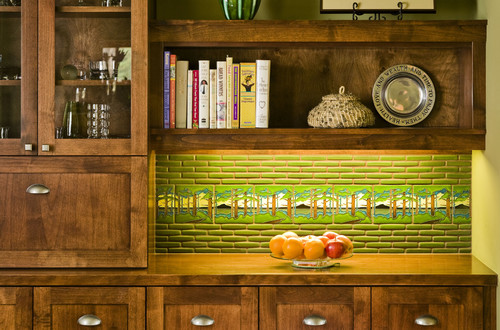
(Image: Photo by Deep River Partners, Courtesy of Houzz)
Like art nouveau, the Arts and Crafts style was heavily influenced by nature, but the motifs were more rectilinear — not at all the extreme curves of art nouveau. Wood was used heavily and almost always left with a natural finish. Decorative details were handmade, from tile and vases to stained glass.
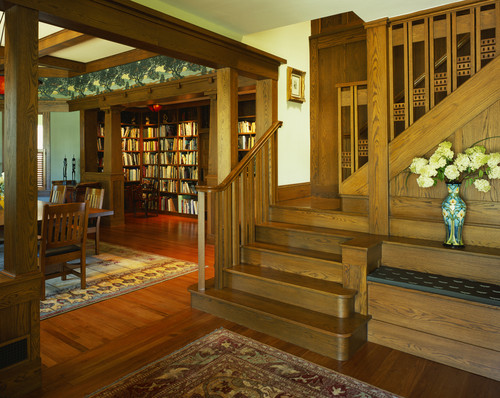
(Image: Photo by Alan Karchmer, Design by Gardner Architects LLC, Courtesy of Houzz)
9 Gorgeous Rooms That Escape to Art Deco Style
Cheat sheet:
○ Art deco: Popular in the 1920s and 1930s; zigzags, sharp angles and stepped designs; influenced by jazz and skyscrapers. Think The Great Gatsby.
○ Art nouveau: Popular in the late 19th century; whiplash curves; nature-inspired designs; finely crafted metal and wood. Think Rivendell or signs for the Paris Metro.
○ Arts and Crafts: Popular in the mid-19th century; handcrafted and artisan-made wood, pottery, tile and stained glass; nature motifs done simply; rectilinear forms. Think William Morris and bungalow style.
